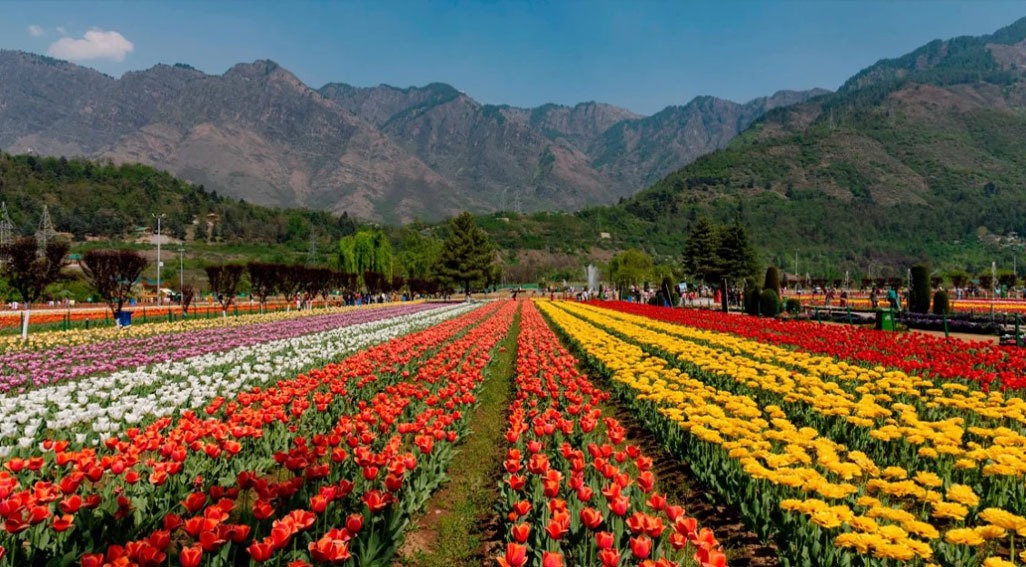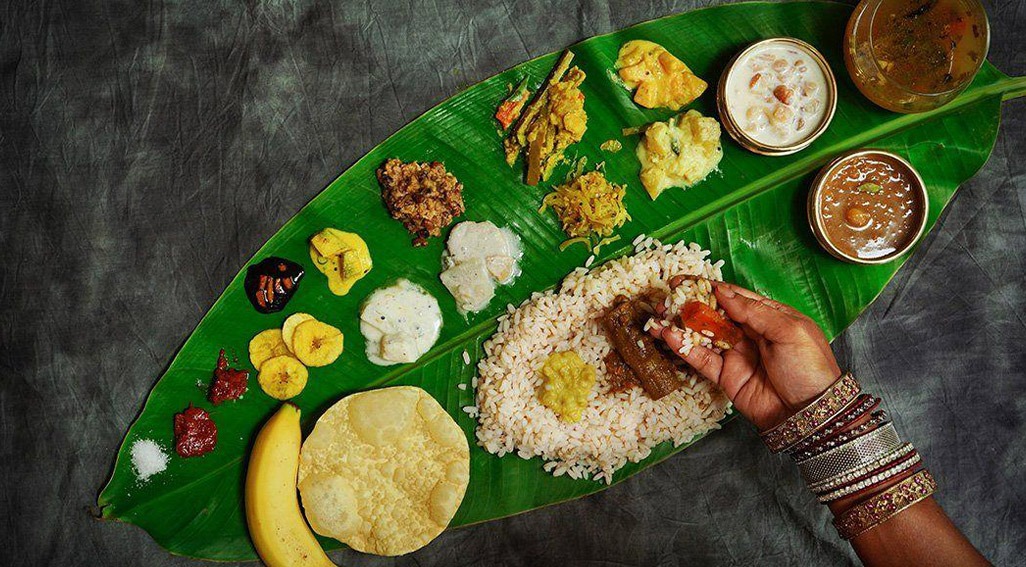DESTINATION SPOTLIGHT
AGRA

- Taj Mahal was built by Mughal Emperor Shah Jahan in the memory of his wife Mumtaz Mahal who died with complication during the birth of their 15th child.
- Construction of the Taj Mahal began in 1632 and took approximately 22 years to complete. It is estimated that over 20,000 artisans, craftsmen, and laborers from across India and Central Asia were involved in its construction.
- The Taj Mahal is a prime example of Mughal architecture, which combines elements from Persian, Indian, and Islamic architectural styles.
- One of the most enchanting features of the Taj Mahal is its ability to change colors. The white marble structure reflects different hues at different times of the day.
- The Taj Mahal is adorned with intricate inlay work with precious and semi-precious stones that are inlaid into white marble to create elaborate floral patterns and calligraphy.
- The 4 minarets on the 4 corners of the building are not straight; they are tilting outwards, so that in an event of an earthquake they fall away from the monument.
- The only part of the mausoleum that is not ornately decorated is the actual grave.
- Automobiles are not allowed within 500 meters of the monument to prevent exhaust from gasoline-powered vehicles from tarnishing the exterior of the building.
- Shah Jahan had plans to build a black replica of the monument across the Yamuna River for his tomb to complement the Taj Mahal’s white façade.
- The cost of building the Taj Mahal was a staggering 32 million rupees at the time, which would be equivalent to billions of dollars today.
Agra Fort: A Glimpse into Mughal Grandeur.

Fatehpur Sikri: The Ghost City

Itimad-ud-Daulah’s Tomb: The Baby Taj

Mehtab Bagh: The Moonlight Garden

Cuisine and Shopping

FLAVOUR OF THE MONTH

CHEF INTERVIEW

FROM THE SPICE RACK
This month we are shining the spotlight on one of the most important spices in the Indian spice rack, Turmeric (also known as “Haldi”). This vibrant yellow spice holds a revered place in Indian cooking and culture. Turmeric Latte may be trending at the moment, but this spice is being used in Indian cooking for hundreds of thousands of years. Here are 10 reasons why Turmeric is an integral part of Indian way of life.
Culinary Significance
1. Flavor and Aroma: Turmeric has a warm, earthy flavor with a slightly bitter undertone. It is a key ingredient in spice blends such as garam masala and curry powder.
2. Color: Turmeric is prized for its vibrant yellow color, which adds visual appeal to a wide range of dishes. It imparts a golden hue to curries, rice, and even some desserts, making the food look more appetizing and inviting.

3. Preservative: Turmeric’s natural antimicrobial properties make it an effective preservative. It helps extend the shelf life of food and maintaining freshness, especially in pickles and chutneys.
4. Anti-Inflammatory and Antioxidant Properties: The active ingredient Curcumin has potent anti-inflammatory and antioxidant effects that can aid in managing chronic conditions such as arthritis and heart disease.
5. Digestive Health: Turmeric stimulates bile production, which aids in digestion and helps prevent bloating and gas. It is often used in remedies for digestive disorders and to promote overall gut health.
6. Boosts Immunity: Turmeric’s antimicrobial and antiviral properties help boost the immune system, making it effective in fighting infections and illnesses. A traditional remedy for colds and sore throats in India is a warm drink made with turmeric, milk, and honey, known as “golden milk.”
7. Antiseptic properties: make it useful in treating cuts, burns, and wounds. It is often applied topically in paste form to promote healing and prevent infection.
Cultural and Symbolic Significance
8. Rituals and Ceremonies: Turmeric holds a special place in Indian rituals and ceremonies. It is considered auspicious and is used in various religious functions, weddings, and festivals. For example, during Hindu weddings, a turmeric paste is applied to the bride and groom in a ceremony called “haldi ceremony,” symbolizing purification and blessings.
9. Cosmetic uses: Turmeric is widely used in traditional beauty treatments. Its anti-inflammatory and skin-brightening properties make it a popular ingredient in face masks and scrubs. It is believed to improve complexion and reduce acne and other skin issues.
10. Spiritual Symbolism: Turmeric is associated with fertility, prosperity, and purity in Indian culture. It is often used to create auspicious symbols and decorations, such as the “swastika” or “rangoli” designs during festivals and special occasions.









